As the temperature cools, the days become shorter, and enormous amounts of horrible candy corn appear on grocery store shelves. It’s time to dig out the creepiest stories we can find. The Headless Horseman, everyone’s favorite hellish, flaming-pumpkin-brandishing, headless equestrian, makes the rounds every Halloween season.
The tradition of the headless banshee is widely regarded as the first unique American ghost story, but tracing the roots of the Headless Horseman mythology is far more difficult than one might assume. Most Americans are aware of the legend of the Headless Horseman because of Washington Irving’s 1820 short novel The Legend of Sleepy Hollow and the many animations and cinematic versions that have followed.
Suppose you didn’t fall asleep in high school English. In that case, you’re definitely familiar with the story of Ichabod Crane, a geeky beanpole outsider from Connecticut who arrives in Tarrytown, New York, to be the new schoolmaster. The settlement hides in the Sleepy Hollow Glen, which has a dark and frightening past.
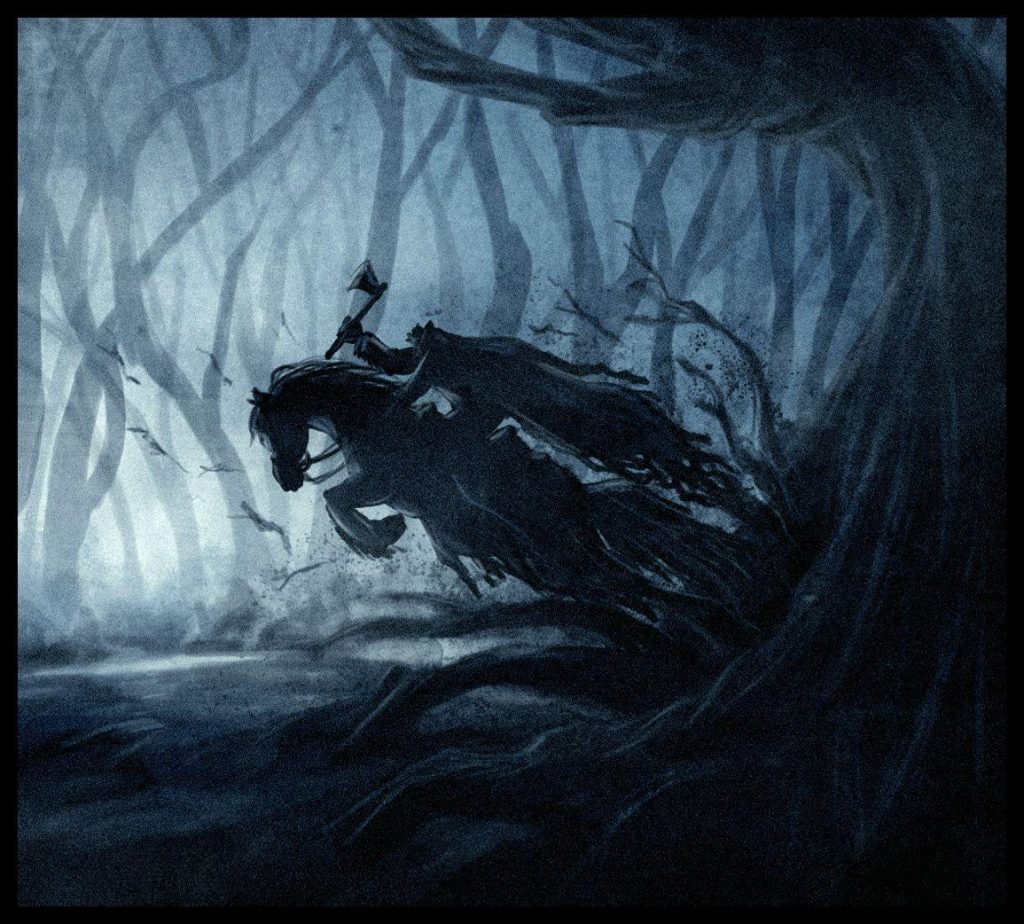
The Legend of Sleepy Hollow’s Headless Horseman is a famous ghost that appears in Washington Irving’s 1820 horror short tale, The Legend of Sleepy Hollow. Since then, The Horseman has appeared in several films. The most well-recognized representation of this ghostly figure is a man clad in black who rides atop a black horse and holds a jack-o’-lantern under his arm as his primary weapon. However, he can also be portrayed with an axe or sword.
The Headless Horseman, according to the story’s history, was a Hessian horseman (possibly a mercenary) who served the British during the American Revolutionary War. The Horseman was slain in 1776 during the Conflict of White Plains (although the text refers to it as “Some nameless battle”) when a cannonball blasted his head from his shoulders.
They buried the Horseman’s body at the graveyard of the Old Dutch Church outside of Sleepy Hollow, a little Dutch-colonized community (or “Tarrytown” in real life). According to Sleepy Hollow mythology, the Horseman’s spirit rises from his grave at night and rides around the woods in pursuit of his own head or, at the very least, a new one.
According to folklore, the Headless Horseman wakes every night in quest of his head, and if he cannot find it, he steals someone else’s. When Brom Bones informed everyone at Baltus van Tassel’s Halloween dinner about the Horseman, Ichabod Crane, Sleepy Hollow’s schoolteacher, was first introduced to the mythology.
When Ichabod returns to Sleepy Hollow that night, he has a terrible encounter with the Headless Horseman, who throws his pumpkin head at Ichabod. Ichabod’s fate is uncertain; he may have lived, or the Headless Horseman stole his head. Brom Bones was the mastermind behind Ichabod’s pursuit and the legend itself. Ichabod’s whereabouts after the event have remained unknown.
How Did the Headless Horseman Lose his Head?
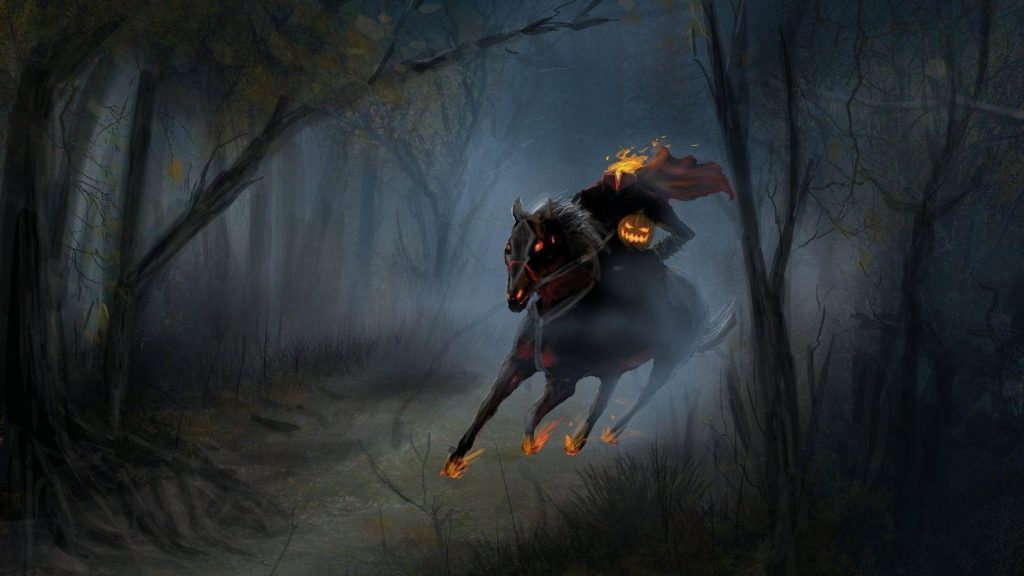
The Headless Horseman is notable for his Halloween ascension to the mortal world in pursuit of his missing severed head, and he will slaughter anybody who crosses his path and steal their heads as his own. The Headless Horseman is represented as a man riding a horse without his head. According to folklore, the Horseman is carrying his head or is missing his head entirely and is looking for it.
The mythology of the Headless Horseman (also known as “the Headless Hessian of the Hollow”) began during the American Revolutionary War in Sleepy Hollow, New York. According to popular belief, the Horseman was a Hessian warrior who was killed during the Battle of White Plains in 1776.
He was beheaded by an American cannonball, and his smashed head was left on the battlefield while his colleagues hurriedly took his body away. He was eventually buried in the graveyard of the Old Dutch Church of Sleepy Hollow, whence he emerged as a malicious ghost, desperately searching for his missing head. The fight took occurred around Halloween, according to modern accounts of the narrative.
How did the Folklore of Headless Horseman begin?
The Headless Horseman was a Hessian trooper in the American Revolutionary War who was killed in combat when a projectile knocked off his head and has since been a spirit in Irving’s short narrative. He will not cross the church bridge. The plot culminates with his legendary chase of Ichabod Crane, who inexplicably vanishes from Sleepy Hollow. The Horseman is clearly shown to be Ichabod’s love rival, Brom Bones, in disguise.
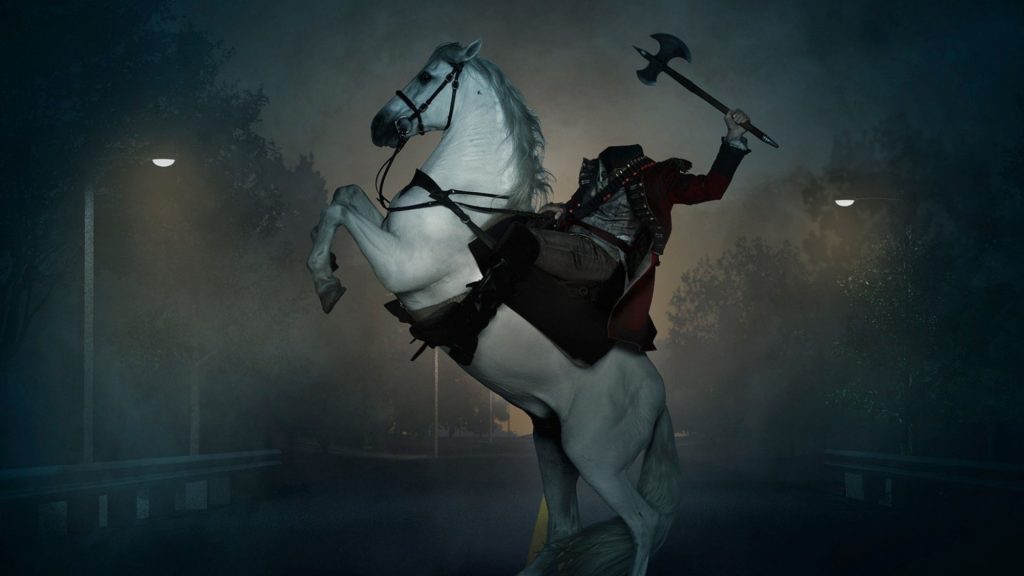
Celtic folklore
The dullahan or dulachán (“dark man”) of Ireland is a headless spirit that rides a black horse and carries his head under one arm (or holding it high to see at a great distance). He holds a whip carved from the spine of a human corpse. Death comes when the dullahan stops riding. When the dullahan yells out a name, the person named dies instantly. He is the headless driver of a black carriage in another rendition.
A similar figure, the gan Ceann (“without a head”), can be scared away by wearing or hurling a gold item in his path. The most famous Scottish myth of the headless Horseman is a man named Ewen, who was beheaded during a clan conflict in Glen Cainnir on the Isle of Mull.
The conflict ended his chances of becoming a chieftain, and both he and his horse were now headless because of his haunting of the region. A headless dullahan appears in Walt Disney’s film Darby O’Gill and the Little People, driving the coisté bodhar, or Death Coach, which transports souls to the afterlife.
Folklore in England
Sir Gawain and the Green Knight is a Middle English poem that tells the story of a decapitation. The Green Knight rides into King Arthur’s court and dares any knight to behead him with his own axe in this medieval tale. After being decapitated, the Knight merely picks up his head and rides off with it.
Folklore in Germany
The Brothers Grimm’s German Legends (Deutsche Sagen) tell two German folk stories about a headless horseman. One is set in eastern Germany near Dresden. In this story, a Dresden woman walks out early on a Sunday morning to harvest acorns in a forest.
A hunting horn can be heard near “Lost Waters.” When she turns around, she sees a headless guy in a long grey cloak seated on a grey horse. In another German story in Braunschweig, a headless horseman known as “the wild huntsman” blows a horn, warning hunters not to ride the next day for fear of an accident.
In certain German renditions of the headless Horseman, he hunts out those who have committed capital crimes. In others, he possesses a pack of black dogs with flaming tongues.
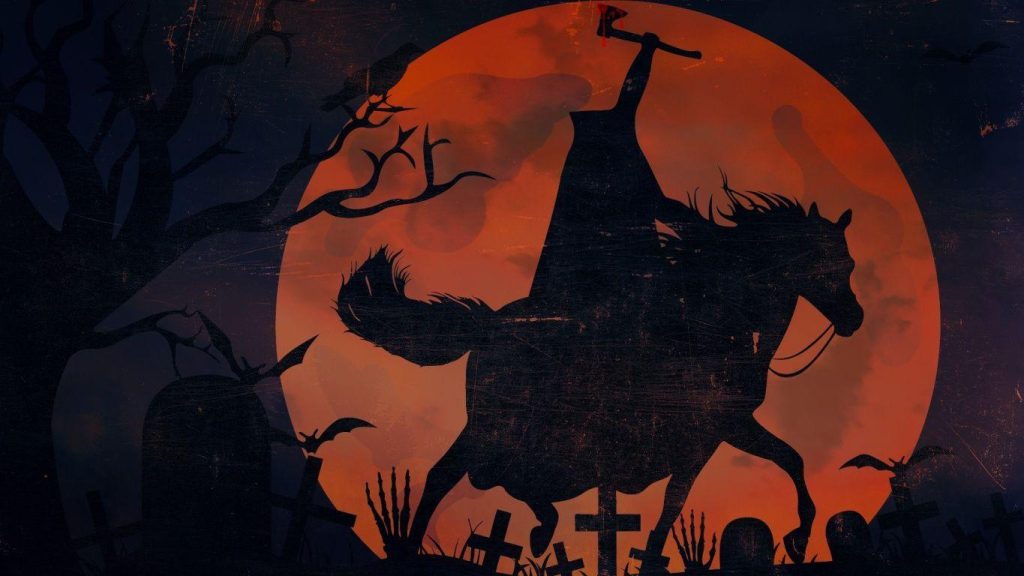
It’s also plausible that Irving made up the entire scenario for dramatic, with no knowledge of real-life events that transpired nearby. However, Irving appears to have read the record of American commander William Heath, who chronicled his defense of Merritt Hill on the morning after Halloween, November 1st, 1776.
This is definitely the experience that prompted Irving to create a mythology centered on a headless Hessian riding a ghostly horse. This is especially workable given that the battlefield was close enough to Sleepy Hollow to be within riding distance, a feature that matches the legend’s requirements.


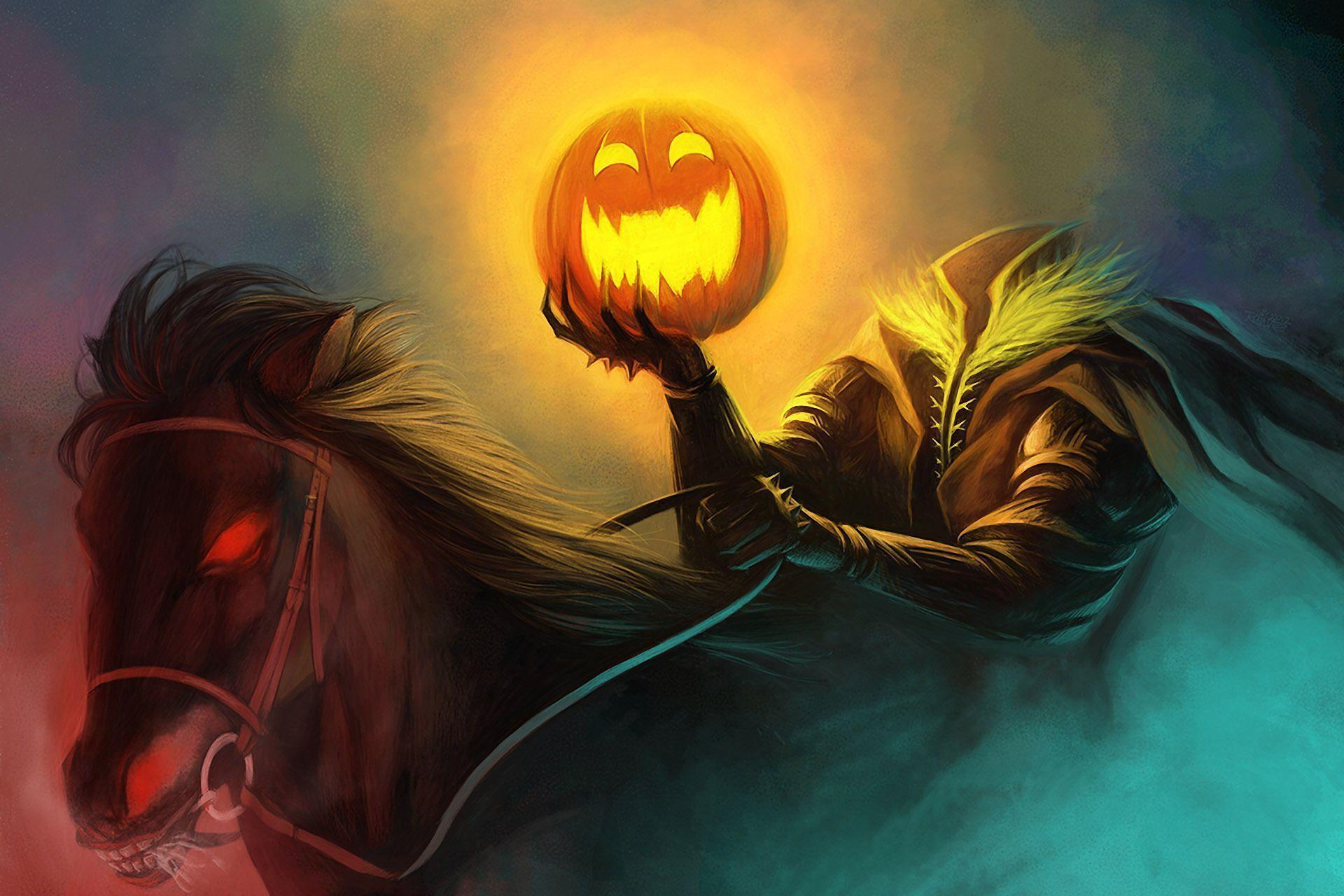






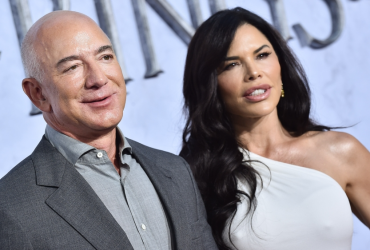
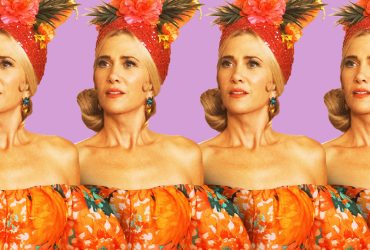


Leave a Reply